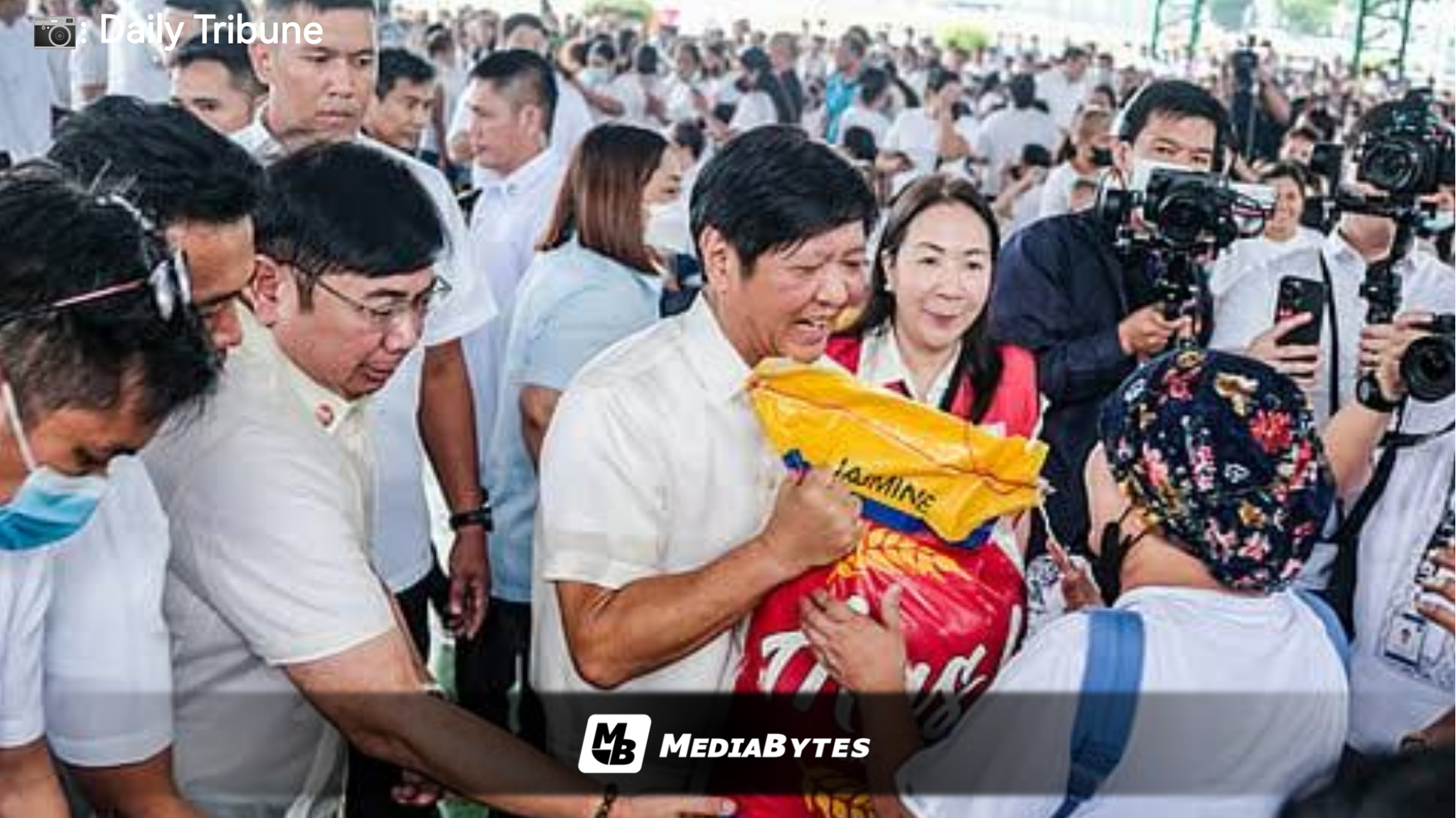
Three years into the administration of President Ferdinand Marcos Jr., the Philippines finds itself at a critical juncture in the fight against poverty. The COVID-19 pandemic had pushed millions into hardship, and with economic recovery underway, the government’s ability to deliver meaningful social protection is being tested like never before.
📊 POVERTY IN DECLINE, BUT INEQUALITY REMAINS
According to the Philippine Statistics Authority (PSA), poverty incidence decreased from 18.1% in 2021 to 16.4% in 2023, equivalent to 18.1 million Filipinos living below the poverty line. While this shows a modest improvement, inflation, job precarity, and rising food costs continue to limit long-term gains.
💸 4PS AND CASH TRANSFERS: STILL THE FLAGSHIP
The Pantawid Pamilyang Pilipino Program (4Ps) remains the cornerstone of anti-poverty efforts:
Over 4.4 million households received conditional cash grants tied to education and health compliance.
The Marcos administration focused on cleansing the 4Ps list, aiming to remove “non-poor” households while onboarding new eligible families.
However, concerns remain:
- Delayed payouts in 2022 and 2023
- Limited support amid inflation and rising basic needs
- Civil society groups demanding indexation to inflation
🛍️ SUBSIDIES AND TARGETED ASSISTANCE
The government introduced and expanded various subsidy programs:
- Targeted Cash Transfer Program for 12 million poor and low-income households affected by high fuel prices
- Kadiwa ng Pangulo centers offering subsidized food items
- Educational aid for students from low-income families
The DSWD also rolled out the Food Stamp Program (Walang Gutom 2027), initially targeting 3,000 households and aiming to expand nationwide by the end of Marcos Jr.’s term.
🧓 SOCIAL PENSION AND WELFARE SERVICES
Monthly pensions for indigent senior citizens were increased from ₱500 to ₱1,000, effective 2023.
More funding was allocated to women’s protection, persons with disabilities (PWDs), and solo parents through integrated community-based services.
💼 LIVELIHOOD AND JOBS: A COMPLEMENTARY PILLAR
The Sustainable Livelihood Program (SLP) and Tulong Panghanapbuhay sa Ating Disadvantaged/Displaced Workers (TUPAD) created short-term work and micro-enterprise opportunities for thousands of beneficiaries.
But poverty experts say: “Cash aid alone is not enough.” Structural employment, agrarian, and education reforms are needed to break intergenerational poverty.
🌍 DIGITALIZATION AND DISASTER RESILIENCE
The government has moved to:
- Digitalize cash aid distribution through e-wallets and bank tie-ups
- Preposition emergency relief goods for disaster-hit areas
- Expand databases for more accurate social targeting
These are steps toward building a more responsive and shock-resilient safety net—but digital access and system glitches remain barriers in remote communities.
President Marcos Jr.’s administration has managed to stabilize and slightly reduce poverty, maintained key welfare programs, and introduced new tools for protection. However, the real test lies ahead: building an inclusive, shock-proof system that does more than cushion crises—but truly uplifts the poor.



